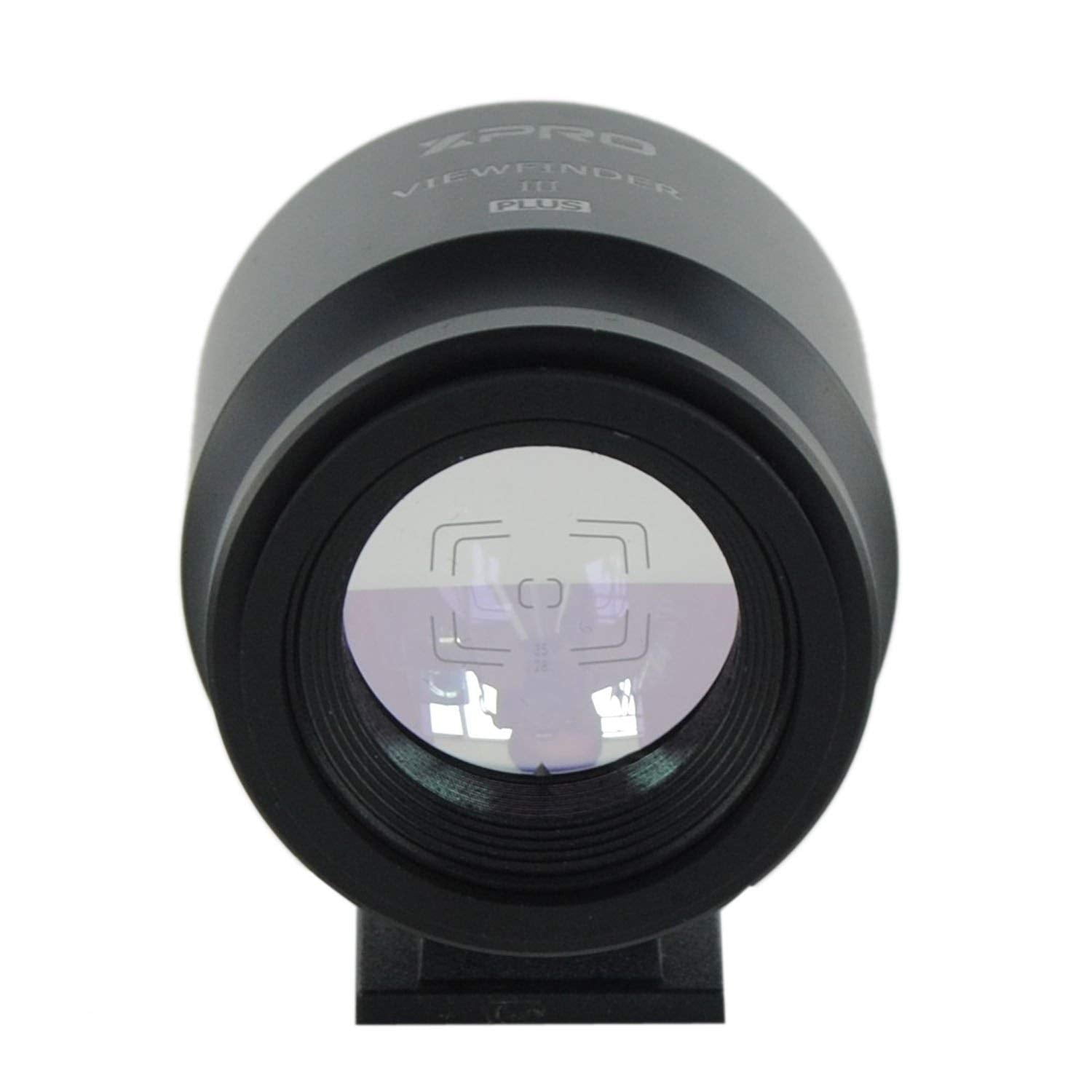

Viewfinder blackout isn’t very noticeable when using fast shutter speeds, but if you are shooting at about 1/30s or slower, you will see a big, blank box of nothing – just for a brief moment when you take a picture. During this process, the OVF goes completely dark. When you press the shutter button, the mirror in a DSLR camera flips up and out of the way to let light pass through to the image sensor. One of the most important OVF drawbacks is that you can’t see the image when you take a picture, a phenomenon known as viewfinder blackout. Optical viewfinders do have some significant limitations, and these may be deal-breakers (depending on the type of photographs you like to take). OVFs also provide indicators for focus points as well as framing guides. Most optical viewfinders also have information along the bottom of the screen, such as an exposure bar, key camera settings, etc. Consequently, OVFs have no issue with accurate color rendition or screen refresh rates, nor do they struggle in low light they’re windows, and your eye is simply peering through the glass. In fact, optical viewfinders work even if your camera is turned off, in much the same way that looking through binoculars, a telescope, or even a paper towel roll can be done without a battery.
Camera viewfinder plus#
An OVF lets you see exactly what your shot will look like, and the view is not dependent on any type of fancy technology in order to function, plus it shows you a world that’s clear and contrasty and real.

Looking through an optical viewfinder is no different than looking through a window: nothing is changed in any way, shape, or form. Their most important benefit, and the reason many photographers prefer OVFs over EVFs, is that they present an unfiltered and unaltered view of the scene as you compose your shot. Optical viewfinders (OVFs) use decades-old technology, yet still have many staunch supporters.

Let’s take a look at each option in turn. Which brings me to the two types of viewfinders popular today: optical viewfinders and electronic viewfinders. Ultimately, it’s generally worth purchasing a camera with a viewfinder, especially if you take your photography seriously.

Some forego it altogether and just have a giant LCD screen on the back (in fact, you almost certainly own one of these models – a smartphone!). When you hold your camera up to your eye, whether you’re photographing with a DSLR, mirrorless, film camera, or point-and-shoot device, the tiny little hole you look through is known as the viewfinder. I’ll cover the pros and cons of both viewfinder options, and I’ll explain why you might prefer to use one over the other.īy the time I’ve finished, you’ll hopefully know which viewfinder technology you prefer, and you’ll be able to confidently decide whether EVFs or OVFs are the way forward.Ī viewfinder is one of the most basic elements of any camera it’s what you use to look at the scene you plan to capture. In this article, I aim to give a thorough overview of OVFs vs EVFs. Which is better for photography, optical vs electronic viewfinders? It’s a tough question, one that’s been argued about for years, even as EVF technology was introduced, upgraded, and upgraded some more.


 0 kommentar(er)
0 kommentar(er)
